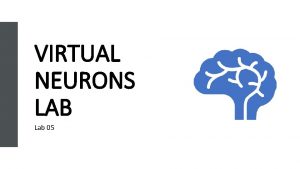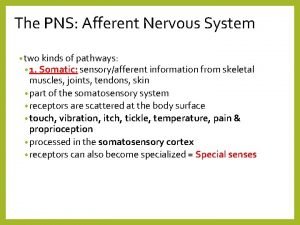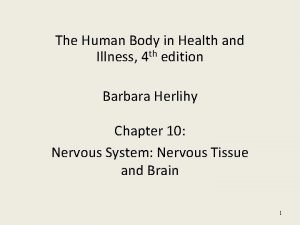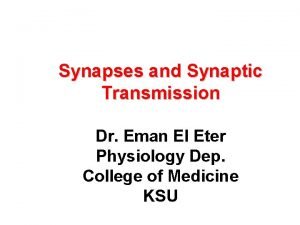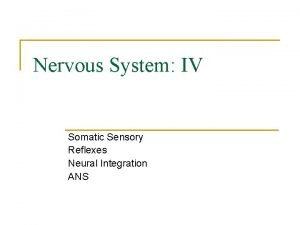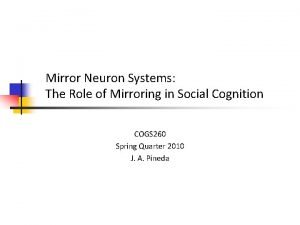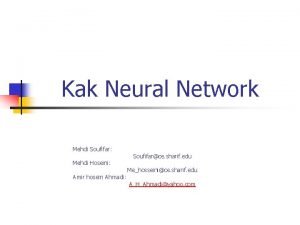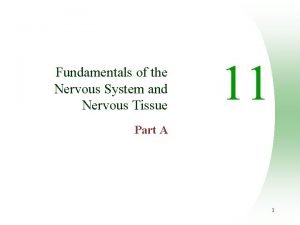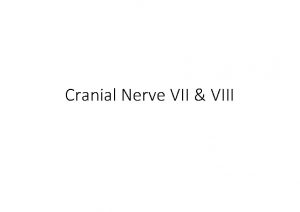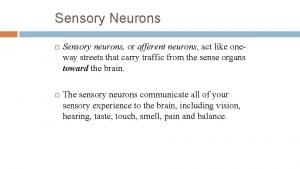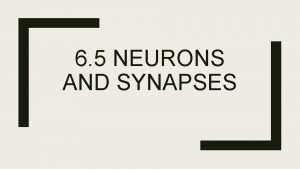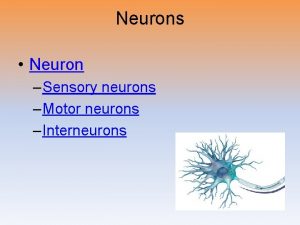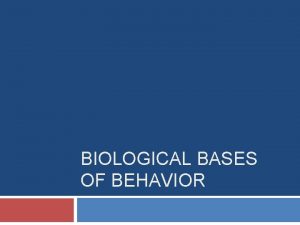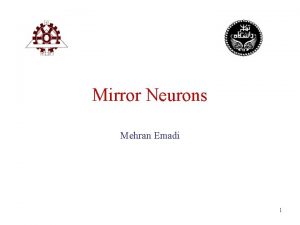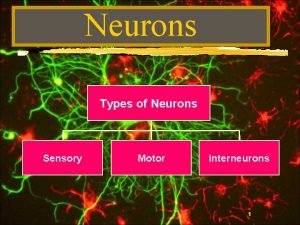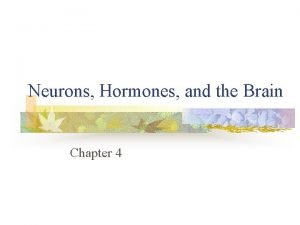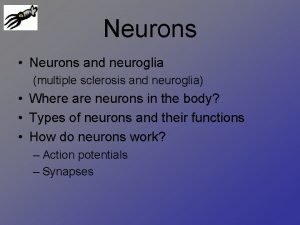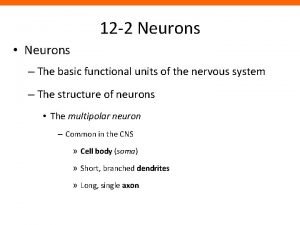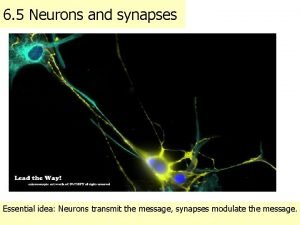Unit 4 How do our neurons work together















- Slides: 15

Unit 4: How do our neurons work together to control behaviors?

Neurological Disorders Lesson 4. 1 What is sleep?

Do Now: What do you know about sleep? With a partner, determine if the following statements are true or false. 1. You will die if you don’t get enough sleep. 2. You sleep so your body can repair itself from the day’s activities. 3. You can’t perform properly if you don’t get enough sleep. 4. When you’re asleep, your brain is less active than when you’re awake.

1. You will die if you don’t get enough sleep. True. Rats who are deprived of sleep die within a couple of weeks. If I am deprived of: The outcome is: Air Water Food Sleep Death

2. You sleep so your body can repair itself from the day’s activities. False. There is no evidence that more repair occurs during sleep than during relaxed wakefulness. X =

3. You can’t perform properly if you don’t get enough sleep. True. Being sleep deprived impairs performance to the same extent as being drunk.

4. When you’re asleep, your brain is less active than when you’re awake. False. Your brain is incredibly active during sleep. X<

You can measure the brain’s activity during sleep with an EEG – Electroencephalogram The EEG cap Placing the electrodes

The EEG measures activity between electrodes An awake subject

The EEG records activity in the form of waves • When talking about a wave: – What is frequency? – What is amplitude? A Amplitude B Frequency

What do the brainwaves signify? Mentally alert with eyes open High frequency, low amplitude Awake with eyes closed Medium frequency, medium amplitude Drowsiness & sleep Low frequency, high amplitude Epilepsy High frequency, high amplitude

Activity: Reading an EEG C. Low amplitude D. High amplitude C. A. High frequency E. D. A. B. Low frequency B. E. High frequency & amplitude

The EEG detects multiple stages of sleep Awake Stage 1 Non rapid eye movement (NREM) Stage 2 Stage 3 Stage 4 Rapid eye movement (REM) Stage 5

Two Types of Sleep • Non rapid eye movement (NREM) – The sleeper is relatively still – Decrease in heart rate, respiration and blood pressure – The eyes are pointed down and move slowly • Rapid eye movement (REM) – Muscle paralysis occurs (other than muscles that control breathing and eye movements) – Variable heart rate, respiration, and blood pressure – The eyes move back and forth rapidly – Most dreaming occurs

Wrap Up: How much is enough sleep?

